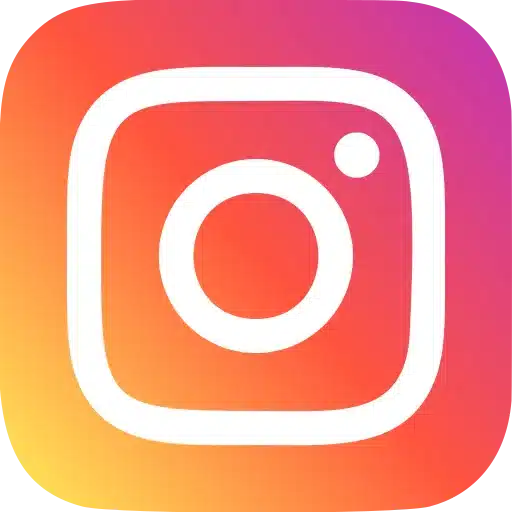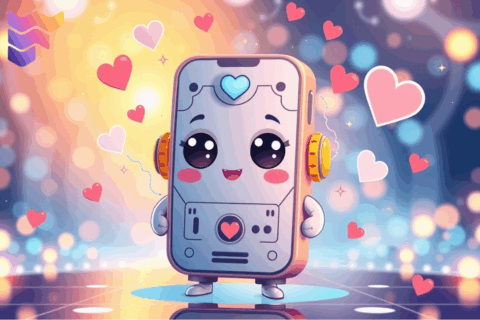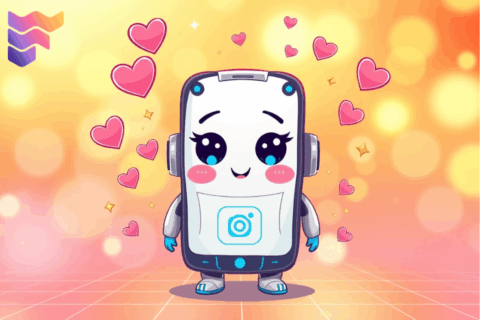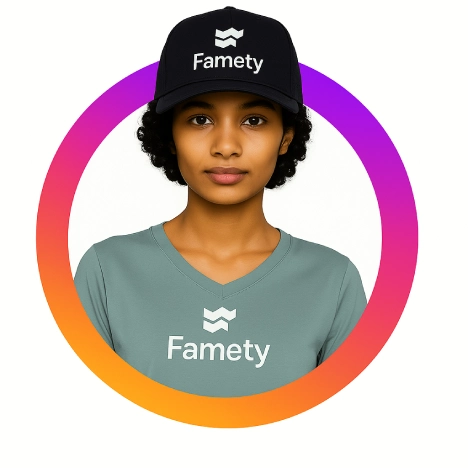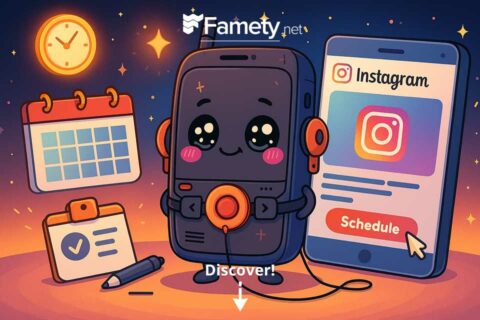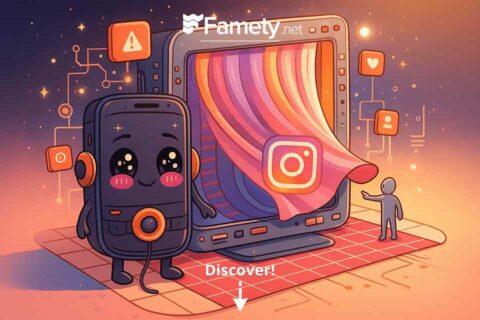- ONB stands for “Outward Nose Breathe,” a slang term expressing subtle amusement or disbelief online.
- It’s used across TikTok, Instagram, and group chats to convey quiet laughter or irony without exaggeration.
- ONB is the relaxed alternative to louder acronyms like LOL or LMAO, fitting dry humor and low-effort reactions.
- Paired with emojis or short phrases, ONB helps clarify tone and keeps digital conversations natural and expressive.
Social media users constantly invent new shorthand terms to express emotions more precisely, and ONB is one of the latest to join the mix. Standing for “Outward Nose Breathe”, it describes a subtle form of laughter, the quick exhale through your nose when something is mildly funny but not laugh-out-loud hilarious. This understated reaction has become a defining symbol of modern internet humor, where quiet amusement often replaces exaggerated responses.
Unlike older internet expressions like LOL or LMAO, ONB reflects authenticity and emotional restraint. It shows amusement without forcing enthusiasm and fits perfectly into today’s low-effort, irony-driven meme culture across TikTok, Instagram, and group chats.
ONB Meaning in One Line
ONB on social media stands for “Outward Nose Breathe”, meaning a small, controlled laugh or sigh that signals mild amusement or disbelief.
Defined as “Outward Nose Breathe,” a subtle reaction showing mild amusement or disbelief
ONB literally translates to the brief exhalation you make through your nose when something is funny but doesn’t deserve a full laugh. It is the digital equivalent of smiling to yourself at a text or meme. This makes ONB a perfect response for content that is amusing, awkward, or ironic, a moment that earns a reaction but not a full burst of laughter.
In online interactions, using ONB shows that you found something relatable without needing to exaggerate your response. It is calm, controlled, and conversational, perfectly mirroring the casual tone of Gen Z humor.
Commonly used in comment sections, chats, and captions to express quiet laughter or irony
You often see ONB appear in comment sections, DMs, and captions when someone wants to acknowledge humor without going overboard. For instance, under a mildly funny video or a sarcastic tweet, users might reply “onb” instead of typing “lol.” It captures that subtle blend of amusement and disbelief, the kind of humor that feels more like a smirk than a burst of laughter.
In group chats, ONB also works as a nonchalant way to show you are entertained but not overly impressed. It is a reaction that fits perfectly in digital spaces where minimalism and irony rule conversation.
How ONB captures silent humor and low-effort emotional responses online
The rise of ONB reflects a broader shift toward low-effort digital communication. Social media humor has evolved from loud, dramatic expressions to subtle, ironic undertones. ONB sits right at the heart of that change; it is about finding humor in quiet acknowledgment rather than overt reaction.
This understated energy is similar to trends like IYKYK (“If You Know, You Know”) or POV storytelling, where humor and emotion come through subtle cues. ONB shows that even a small reaction can carry personality, tone, and emotional depth in the digital world.
Where You See ONB on Social Media
ONB has quickly become one of the most recognizable low-effort reactions across social platforms. Its simplicity and subtle tone make it ideal for situations where humor doesn’t require loud laughter. Whether it’s TikTok comment sections, Instagram captions, or private DMs, ONB fits perfectly into moments of mild amusement, irony, or disbelief. It bridges the gap between reacting and overreacting, allowing users to express their emotions in a laid-back, natural way.
TikTok comment sections reacting to relatable or awkward moments
TikTok is where ONB thrives the most. Users often reply with “onb” under relatable skits, awkward fails, or dry humor videos. The acronym signals that they found the content funny in a calm, understated way. Instead of spamming “LOL” or laughing emojis, ONB gives a more grounded response.
Some examples of ONB moments on TikTok include:
- Fails or bloopers where the situation is amusing but not extreme
- Videos highlighting awkward social interactions
- Subtle humor or ironic twists in trending sounds
This quiet humor aligns perfectly with TikTok’s preference for authenticity and emotional realism.
Instagram DMs and captions expressing sarcastic or “I can’t believe it” humor
ONB also shows up frequently in Instagram messages and captions, especially when sarcasm or disbelief are part of the joke. When someone sends a meme or an oddly specific post, a simple “onb” replies with just the right mix of acknowledgment and irony.
Creators sometimes use ONB in captions for understated humor, such as “Just dropped my phone for the fifth time today. onb.” It reflects the millennial and Gen Z preference for minimal but expressive engagement that feels personal rather than exaggerated.
Group chats and meme pages where users use ONB instead of “LOL” or “LMAO”
In group chats and meme pages, ONB acts as the new middle ground between “LOL” and silence. When something is funny enough to acknowledge but not hilarious, people type “onb.” It replaces louder acronyms like “LMAO” with a cooler, more relaxed tone.
Here’s how users typically employ ONB in chat culture:
- Responding to mildly funny inside jokes
- Acknowledging absurd statements without adding commentary
- Using it in reaction threads where humor builds collectively
This makes ONB a versatile part of modern digital language, balancing personality and restraint in everyday interactions.
Hashtags like #ONB and #OutwardNoseBreathe trending in reaction-based posts
Hashtags such as #ONB and #OutwardNoseBreathe have grown in popularity on platforms like TikTok, Instagram, and X (formerly Twitter). Users include them in posts or reels that highlight dry humor, relatable fails, or quiet moments of disbelief.
Popular ways these hashtags are used include:
- Reaction memes that capture awkward or ironic humor
- Compilation videos of subtle “silent laughter” moments
- Captions where users comment on everyday frustrations or clumsy mishaps
These hashtags not only boost discoverability but also celebrate a newer, more nuanced style of internet humor built on subtlety and shared emotion.
How to Use ONB the Right Way
Using ONB effectively is all about timing, tone, and authenticity. Because it represents quiet amusement, it works best in moments where you want to acknowledge humor without being overly dramatic. The key is subtlety. When used thoughtfully, ONB adds personality to your comments and messages while keeping your communication relaxed and relatable.
It is important to remember that ONB fits best in casual settings. Overuse or misplaced use can make your tone seem disinterested or dismissive. Think of it as a small nod of laughter that enhances the flow of conversation rather than dominating it.
Use ONB to convey lighthearted reactions without overexaggerating emotion
ONB shines in situations that are mildly funny or awkward. It is the perfect middle ground between ignoring a joke and responding with exaggerated laughter. When something earns a smile but not a “LOL,” ONB captures that reaction precisely.
Examples of when to use ONB include:
- Reacting to an inside joke that is amusing but not hysterical
- Commenting on a relatable meme or TikTok video
- Responding to a friend’s clumsy or silly mistake
By choosing ONB, you keep your interactions lighthearted and natural without overplaying your reaction.
Pair ONB with emojis or short phrases for tone clarity
Since ONB can sometimes read as too subtle, pairing it with emojis or short phrases can help clarify tone and emotion. This combination ensures your reaction is interpreted correctly, especially in texts or comments where nuance can get lost.
Some good pairings include:
- “onb 😂” for friendly laughter
- “onb fr” (for real) to show genuine disbelief
- “onb 😭” for ironic or chaotic humor
Adding these small cues keeps your message expressive while maintaining ONB’s understated charm.
Avoid overusing ONB to prevent dull or sarcastic overtones in casual chats
While ONB is great for subtle reactions, using it too often can make your messages feel flat or detached. Overuse may come across as sarcastic or uninterested, especially in longer conversations. To keep your digital tone balanced, alternate ONB with other reactions like LOL, LMAO, or even simple emojis.
Instagram comments not showing or posting can be due to various reasons including connectivity issues, app glitches or account limitations. Whether yo...
If Instagram isn’t showing your posts to followers, it’s often tied to how the platform prioritizes engagement and activity. Whether you’re dealing wi...
For example:
- Use ONB for mild amusement or irony
- Use LOL or LMAO for genuine laughter
- Use 😅 or 😂 when you want to sound warmer or more engaged
By mixing your reactions, you maintain variety and prevent ONB from losing its expressive impact.
ONB vs Related Acronyms
Digital slang constantly evolves, and ONB sits within a wider family of acronyms that express reactions, tone, and emotion online. Understanding how ONB differs from others like LOL, LMAO, SMH, or IYKYK helps you use it naturally and avoid confusing your audience. While all of these expressions respond to humor or emotion, ONB captures a quieter, more self-aware side of online interaction. It represents the subtle “nose laugh” that fits today’s understated digital culture.
Comparison Table, ONB vs LOL vs LMAO vs SMH vs IYKYK
| Acronym | Meaning | Common Use | Tone or Emotion |
| ONB | Outward Nose Breathe | Reacting to mild amusement or irony | Subtle and relaxed |
| LOL | Laugh Out Loud | Responding to funny or light-hearted content | Friendly and expressive |
| LMAO | Laughing My Ass Off | Exaggerated laughter at memes or chaotic humor | Loud and playful |
| SMH | Shaking My Head | Reacting to frustration, disbelief, or disapproval | Critical or disappointed |
| IYKYK | If You Know, You Know | Sharing humor or references that only certain people understand | Exclusive or ironic |
This table highlights how ONB offers a quieter, more introspective expression of humor compared to the extroverted energy of LOL and LMAO. It suits the moments when something is funny, but not enough to make you laugh out loud. It is the digital equivalent of a smirk.
When to use ONB instead of LOL for understated or “quiet” humor that doesn’t require big reactions
Use ONB when something makes you smile or exhale through your nose rather than laugh aloud. It’s ideal for dry humor, irony, or mild amusement. For example, replying “onb” to a friend’s awkward story shows you found it funny without making a big deal of it.
LOL, by contrast, fits moments that deserve an outward response. ONB says, “That’s funny,” while LOL says, “I’m laughing right now.” The distinction is small but important for tone.
When to use LMAO instead of ONB for exaggerated laughter in memes, challenges, or over-the-top moments
LMAO works best when you genuinely find something hilarious or ridiculous. It conveys loud laughter or strong amusement. For instance, viral TikTok memes, fail compilations, or chaotic challenges often earn “LMAO” reactions.
ONB, on the other hand, fits smaller, more ironic moments that rely on timing or subtle delivery. Use LMAO when you can’t help but laugh, and ONB when you simply breathe out and shake your head with a grin.
When to use SMH instead of ONB to express disbelief or mild frustration rather than amusement
SMH, meaning “Shaking My Head,” moves away from humor and into reaction. It signals disappointment, confusion, or disbelief rather than amusement. For example, you might type “SMH” under a post about bad behavior or poor decisions, while “ONB” fits better when you’re amused but not impressed.
Both can appear under similar posts, but SMH expresses judgment, whereas ONB keeps the mood playful and detached.
When to use IYKYK or POV instead of ONB to highlight shared humor, irony, or inside jokes that rely on context
Sometimes, humor on social media isn’t about reaction but recognition. IYKYK (“If You Know, You Know”) and POV (“Point of View”) capture that shared or situational comedy that only specific audiences understand.
For example:
- “POV: you finish the group project alone again” carries relatable humor through context.
- “IYKYK” under a niche meme signals insider understanding rather than laughter.
While ONB expresses your response to humor, IYKYK and POV frame the humor itself. The three work together across different layers of online tone. ONB represents reaction, IYKYK represents reference, and POV represents storytelling.
